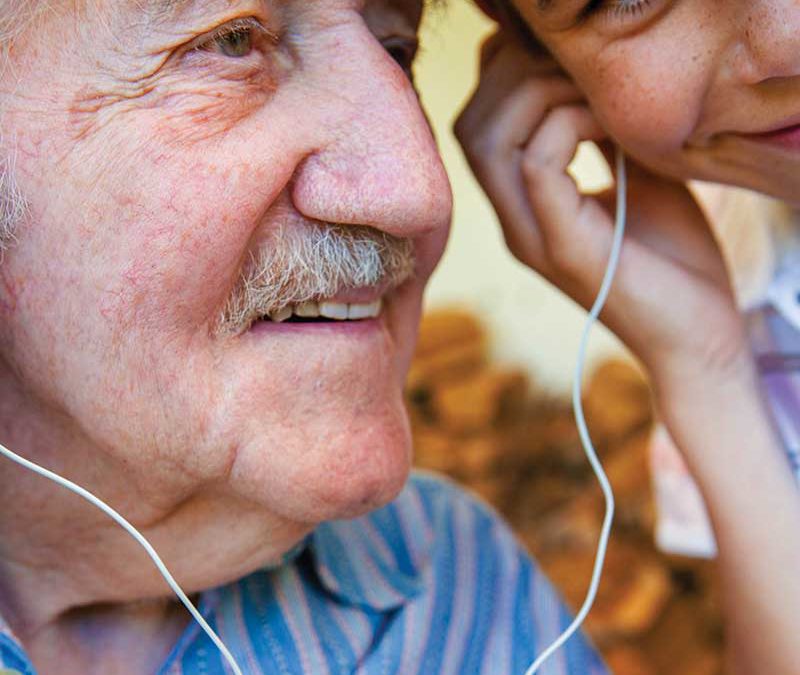
May 22, 2018
Our ability to feel, see, hear, taste, and smell is what connects us to other people and the outer world in general. Thus, it comes as rather sobering news that the first study to measure full-spectrum sensory damage reveals that 94% of older (57 to 85 years) adults...
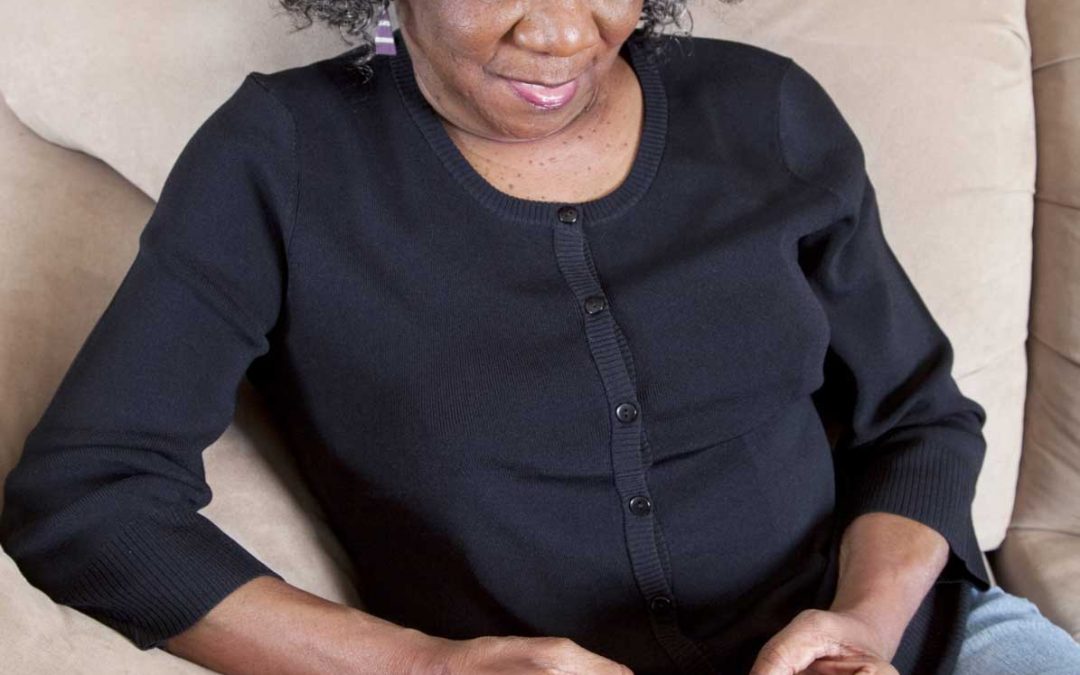
May 15, 2018
As increasing numbers of people have come to view hearing instruments as a technology extension to the smartphone, their coolness factor has risen commensurately. No longer regarded simply as a means of improving hearing, hearing instruments with Bluetooth...
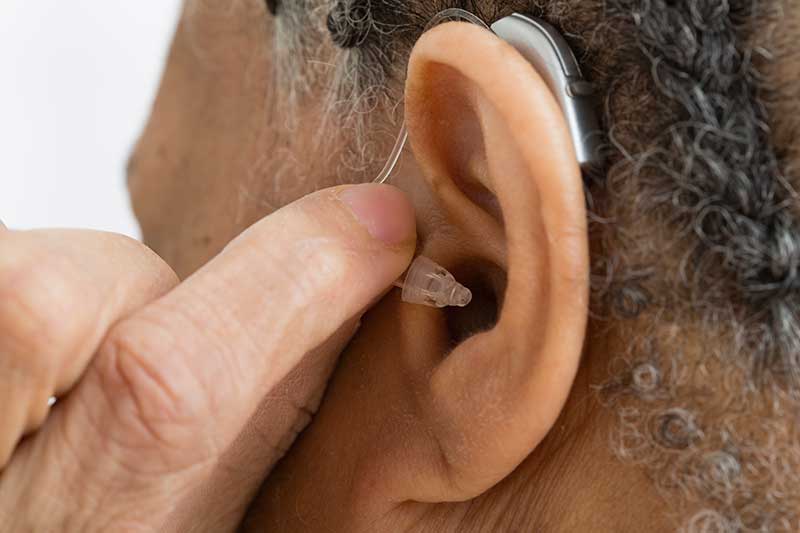
May 8, 2018
Central to the type of hearing loss known as “sensorineural” is damage to the tiny “hair cells” that reside within the cochlea, where these sensory receptors convert sound waves into electrical signals that they transmit through the acoustic nerve to the brain....
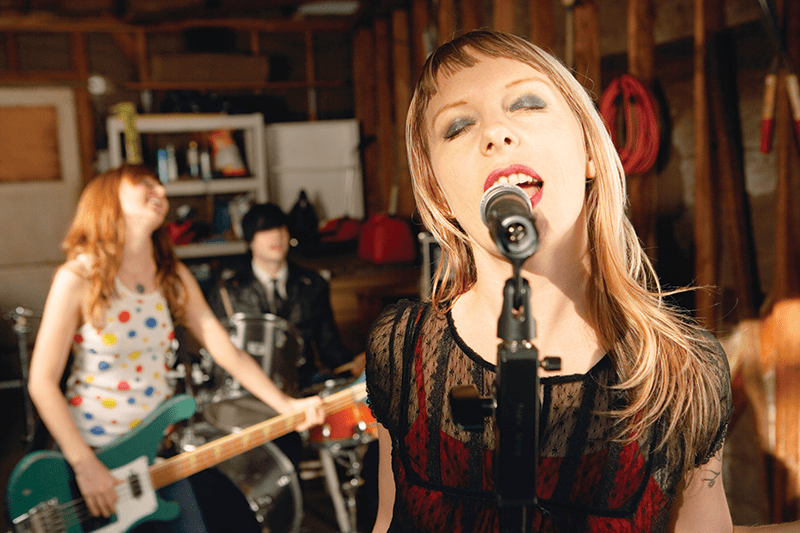
May 1, 2018
Eric Clapton recently expressed concerns that he had tinnitus and was “going deaf.” No less a musical talent than Ludwig van Beethoven shared these same concerns as he progressed from hearing buzzing in his ears (tinnitus) at age 26 to progressive hearing loss and...

Apr 24, 2018
“Presbycusis” refers to the slow and progressive loss of hearing that affects both ears to the same degree and usually starts around the age of 50. This age-related loss of hearing usually starts in the high-frequency range, where conversation is conducted. As a...
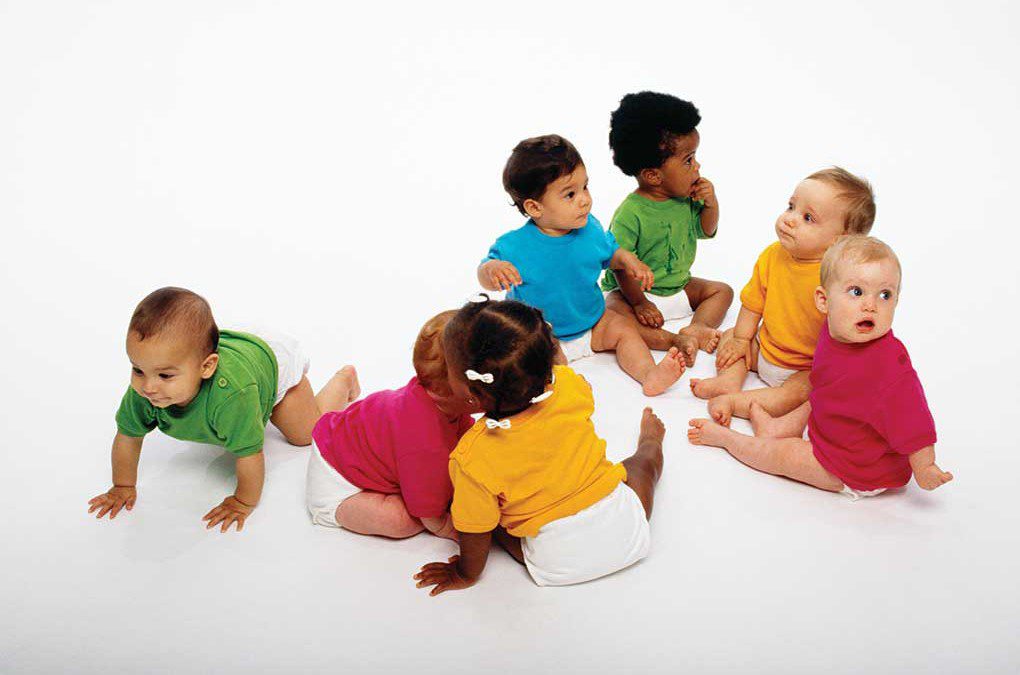
Apr 17, 2018
Despite the fact that smoking during pregnancy has been linked to premature birth, low birth weight, and sudden infant death syndrome, the Centers for Disease Control and Prevention (CDC) reports that ten percent of women still smoke during the first three months of...







